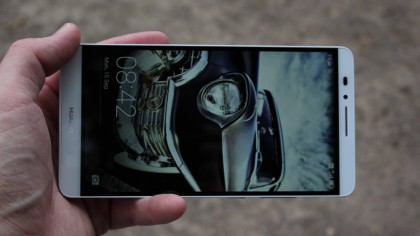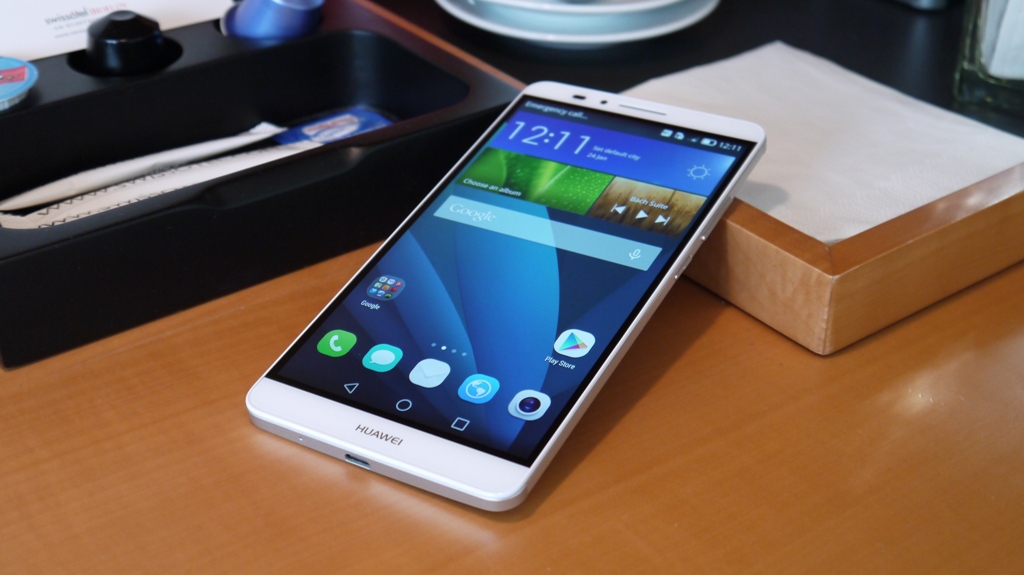Why you can trust TechRadar
Screen size and quality means that whether you're playing a game or watching a movie, the Ascend Mate 7 shines when it comes to the visuals. The Full HD display is clear and detailed when you're watching YouTube clips, Netflix movies or your own files saved onto the 32GB native storage.

Colours and shading look great thanks to the in-plane switching although it doesn't compete with the Super AMOLED screen offered up by the Samsung Galaxy Note 4. Similarly, Samsung's latest phablet boasts a pixel density of 515 compared to the 368 on show here. When it comes to video, it's not really a problem, although it is noticeable when browsing image and font-heavy websites.
Sound quality is well handled – the Ascend Mate 7 has on board Dolby DTS - but it's hampered by the speaker placement. Rather than the front-facing speakers on the likes of the HTC One Max, the Ascend Mate 7 tucks the speaker grill around the back, in a place easily covered by your hand when you're holding the phone in landscape mode.

If you're looking for a handset for gaming, then I'm happy to say that Huawei's new phablet is a great choice. It comes with a small selection of Gameloft games pre-installed, letting you play for a certain amount of time before inviting you to download the titles.
The octa-core processor kicks into gear along with the 2GB RAM to keep games running fluidly on the 1080p screen and 3D games like Asphalt 8 are really well represented. Also, because of the larger screen size, the on-screen controls are much easier to use than on smaller-sized handsets.

When it comes to music, Huawei has added its own music player that lays things out in a simple, if basic package. The actual playback display is nice, with the album art displayed in a circular picture in the middle. Swiping left during playback takes you to the tracks on your device while swiping to the right displays lyrics - if they've been downloaded from the web to correspond to the file.
Like other Android phones, you've also got Google Music to take advantage of. This lets you upload your own music to Google's cloud storage and access it anywhere you've got Wi-Fi. Similarly, you can use Spotify, Rhapsody or any other streaming client if you don't want to use up the phone's internal storage with MP3 files. Although, given that you can load up a microSD card and use that, the storage argument is largely moot.
Some would argue that another benefit Android has over iOS is the ability to place widgets on your multitude of homescreens. With the Ascend Mate 7 you can add music widgets for Google Music or Huawei's own player on the homescreen for quick access. Music playback also shows up on the lockscreen so you can skip tracks or pause playback without unlocking the device.
A quick word on the headphones though, as the pair that appeared alongside our review unit didn't bear any resemblance to the pair shown off on the Ascend Mate 7 page on Huawei's site. Rather than the sleek, black pair with the in-line remote pictured, I found a mediocre white Apple-alike pair of in-ear buds. The sound was serviceable, but nothing like you'd get from a decent pair of headphones.
